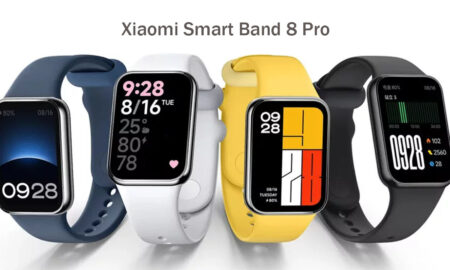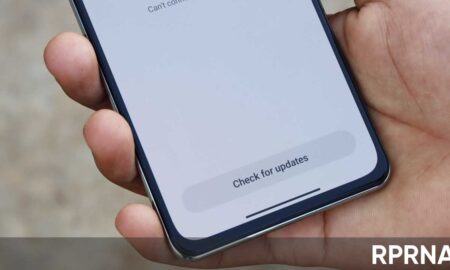Search results for "Xiaomi"
-

 676News
676NewsComplete Xiaomi 14T series specs and pricing leak ahead of launch
Key Points: Xiaomi 14T Series: Featuring advanced AMOLED displays, Leica cameras, and high-performance MediaTek processors. Xiaomi 14T Pro: Upgrades include a more...
-

 682News
682NewsDownload Google Camera 9.4 for Xiaomi and Redmi phones
Key Points: Google Camera 9.4 offers advanced features for Xiaomi and Redmi phones. Compatible with various models, thanks to Camera2 API support....
-

 1.1KPhones
1.1KPhonesXiaomi Mix Flip could take on Samsung Galaxy Z Flip 6 with its 2x telephoto
Leaks and rumors about two new clamshell devices one from Xiaomi and another from Samsung are making waves in the tech world....
-

 1.1KApps
1.1KAppsXiaomi improves Gallery Editor App via 1.5.3.6 update
Xiaomi Gallery Editor is a versatile photo management and editing application created by Xiaomi. This app provides a set of features that...
-

 1.4KPhones
1.4KPhonesXiaomi 14 Ultra live image leaked, launch seems just around the door
Users are eagerly waiting for Xiaomi’s next flagship model and recently the live image of the upcoming smartphone – Xiaomi 14 Ultra...
-

 828Wearables
828WearablesXiaomi Smart Band 8 Pro design, specs and price leaked
Back in August 2023, Xiaomi launched the Smart Band 8 Pro wearable device with significant features and capabilities in China. However, the...
-

 1.4KUpdates
1.4KUpdatesAndroid 14-based HyperOS update rolling out for Xiaomi 11T
Xiaomi 11T smartphone users have started collecting a new update which brings the offerings of Android 14-based HyperOS update. To be mentioned,...
-

 865Phones
865PhonesXiaomi 14 Ultra global variant with Snapdragon 8 Gen 3 visits Geekbench
The Chinese tech maker is gearing up to add a new member to its Xiaomi 14 series, and the rumors about Xiaomi...
-

 1.3KUpdates
1.3KUpdatesXiaomi rolls out January 2024 security update for these 6 Redmi and POCO devices
Xiaomi is rolling out the January 2024 Android security update for a total of 6 Redmi and POCO devices including Redmi 12C, POCO...
-

 1.2KUpdates
1.2KUpdatesXiaomi 13T receiving HyperOS (Android 14) software update offerings
Xiaomi 13T smartphone users are collecting a new update, which brings the offerings of Android 14-based HyperOS. This new major update for...
